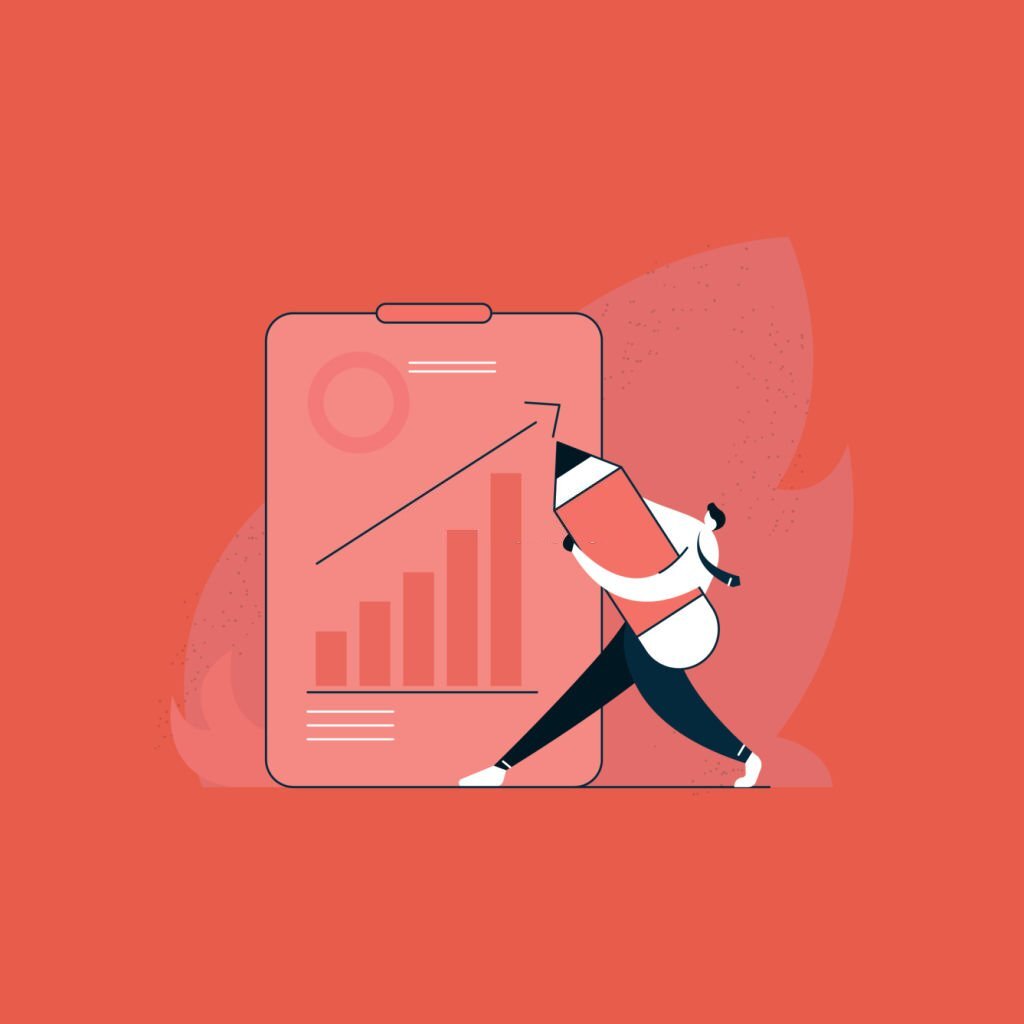2023 was the year when Instagram changed its chronological feed for an algorithm timeline. This change resulted in difficulty to reach an audience for many users. Instagram communities looking to counter this algorithm formed a close group called influencer pods.
Instagram pods were not that apparent at first, But when marketers started noticing the comments section of certain users, it was clear that some kind of transaction was taking place. Some influencers were commenting in each other’s comment sections regularly thus driving each other’s engagement rate. But the engagement rate brought by influencer pods is not genuine and hence deceives brands who are expecting certain ROI from the campaign.
How influencer pods are formed?
Though influencer pods subvert content authenticity they are not technically inauthentic like fake influencers who have fake followers. Influencer pods are not completely genuine but they are real influencers. That is why identifying them is not as simple as fake influencers. Influencer pods are groups of people joining forces to increase posts’ engagement. They do the same thing as the Instagram bots – leaving comments and liking the posts to confirm that posts appear higher in the user’s feeds. Some rules are followed so that the engagement would appear natural, such as not posting comments of less than four words. The members of the pods turn on notifications to like the post as soon as it is published.
It is not easy to become a member as each member is invited by an “invite” only. The members can know about the opportunity via Instagram direct messages or other platforms such as Facebook and Twitter.
How do influencer pods affect brands?
Most pods are made up of influencers or micro-influencers looking to improve their presence on the platform so that brands would take notice of them. The main problem with Instagram pods is that they make it difficult for brands to see which influencers are succeeding. So, potential partnerships are formed on fake engagement and thus lead to skewed data.
Eventually, pods seem to go against the reasons the brands want to work with influencers in the place of traditional advertising. Through this engagement, influencers could risk harming their reputation in the long run.
But there are some practices brands can adapt to counter pod activity:
- Establish a long-term relationship with your high-performing influencers – This practice helps in communicating clearly to the influencer, if they are participating in pod activity you can discourage them from doing so.
- Add a performance tracker – It is a good idea to equip influencers with an affiliate link or a coupon code. This helps brands to look beyond the engagement rate. Influencer pod activity is not likely to engage in link click or purchase
- Analyze results – If you are sure that your influencer is a part of an influencer pod, but they are performing well for your brand there is no reason to stop working with them.
The whole point of identifying influencer pods is to counter botched ROI. But you can
talk to them about your concern.
Will Instagram find a way to stop it?
So far, it looks like Instagram is not doing anything to prevent pods. But it is demonstrated that Instagram is unwilling to let fake accounts impact the user experience for everyone else. If Instagram pods continue to grow in popularity, we can expect to see a crackdown on fake engagements soon. Because fake engagement is not just a brand exclusive problem.





